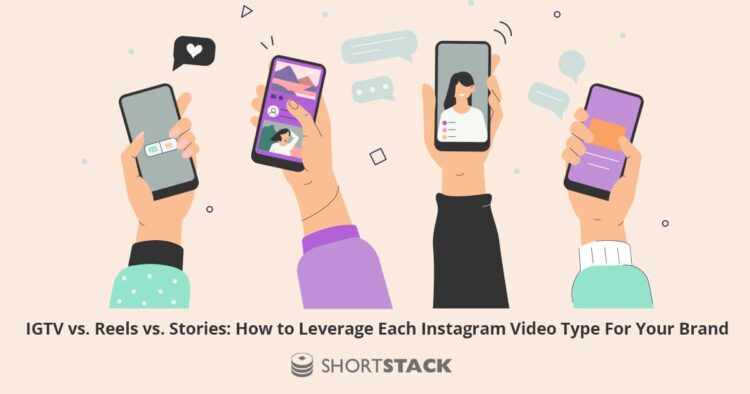
In today’s digital age, video content has become an essential part of any marketing strategy. However, with the rise of social media platforms like Instagram and TikTok, a new type of video content has emerged: reels. While both reels and videos serve the same purpose of engaging with an audience, there are significant differences between the two. In this article, we will explore the pros and cons of each and help you determine which one is best for your brand.
What are Reels?
Reels are short-form videos that are typically 15 to 30 seconds long. They are designed to be easily shareable on social media platforms like Instagram and TikTok. Reels often feature music, special effects, and editing techniques that make them visually appealing and entertaining. They are a great way to showcase your brand’s personality and connect with your audience on a more personal level.
What are Videos?
Videos, on the other hand, are longer-form content that can range from a few minutes to several hours in length. They can be used for a variety of purposes, including product demos, tutorials, and brand storytelling. Videos require more planning and production than reels, but they offer more opportunities for in-depth storytelling and showcasing your brand’s expertise.
The Pros of Reels
One of the biggest advantages of reels is their shareability. They are designed to be easily shared on social media platforms, which can help increase your brand’s reach and engagement. Reels also allow you to showcase your brand’s personality in a fun and entertaining way. They are perfect for showcasing new products, behind-the-scenes footage, or just showing off your team’s creativity.
The Cons of Reels
While reels are great for short-term engagement, they may not have the same long-term impact as videos. Reels are designed to be consumed quickly and easily, which means they may not leave a lasting impression on your audience. They also require a lot of creativity and editing skills to make them stand out from the crowd.
The Pros of Videos
Videos offer more opportunities for in-depth storytelling and showcasing your brand’s expertise. They can be used for a variety of purposes, including product demos, tutorials, and brand storytelling. Videos also have a longer lifespan than reels, which means they can continue to generate engagement and leads long after they are published.
The Cons of Videos
One of the biggest disadvantages of videos is their production time and cost. Videos require more planning, scripting, and editing than reels, which can make them more expensive to produce. They also require a longer attention span from your audience, which means you need to make sure your content is engaging enough to keep them watching.
When to Use Reels
Reels are perfect for short-term engagement and showcasing your brand’s personality. They are great for promoting new products, highlighting behind-the-scenes footage, or just showing off your team’s creativity. Reels are also ideal for social media platforms like Instagram and TikTok, where short-form content is king.
When to Use Videos
Videos are ideal for in-depth storytelling and showcasing your brand’s expertise. They are perfect for product demos, tutorials, and brand storytelling. Videos are also great for platforms like YouTube and Vimeo, where longer-form content is more common.
How to Choose Between Reels and Videos
When deciding between reels and videos, it’s important to consider your goals and audience. If you want to increase short-term engagement and showcase your brand’s personality, reels may be the best option. If you want to showcase your expertise and create long-term engagement, videos may be the better choice.
Conclusion
In conclusion, both reels and videos have their pros and cons. Reels are great for short-term engagement and showcasing your brand’s personality, while videos are ideal for in-depth storytelling and showcasing your expertise. When deciding between the two, it’s important to consider your goals and audience to determine which one is best for your brand. By understanding the differences between reels and videos, you can create a content strategy that engages your audience and drives results.






